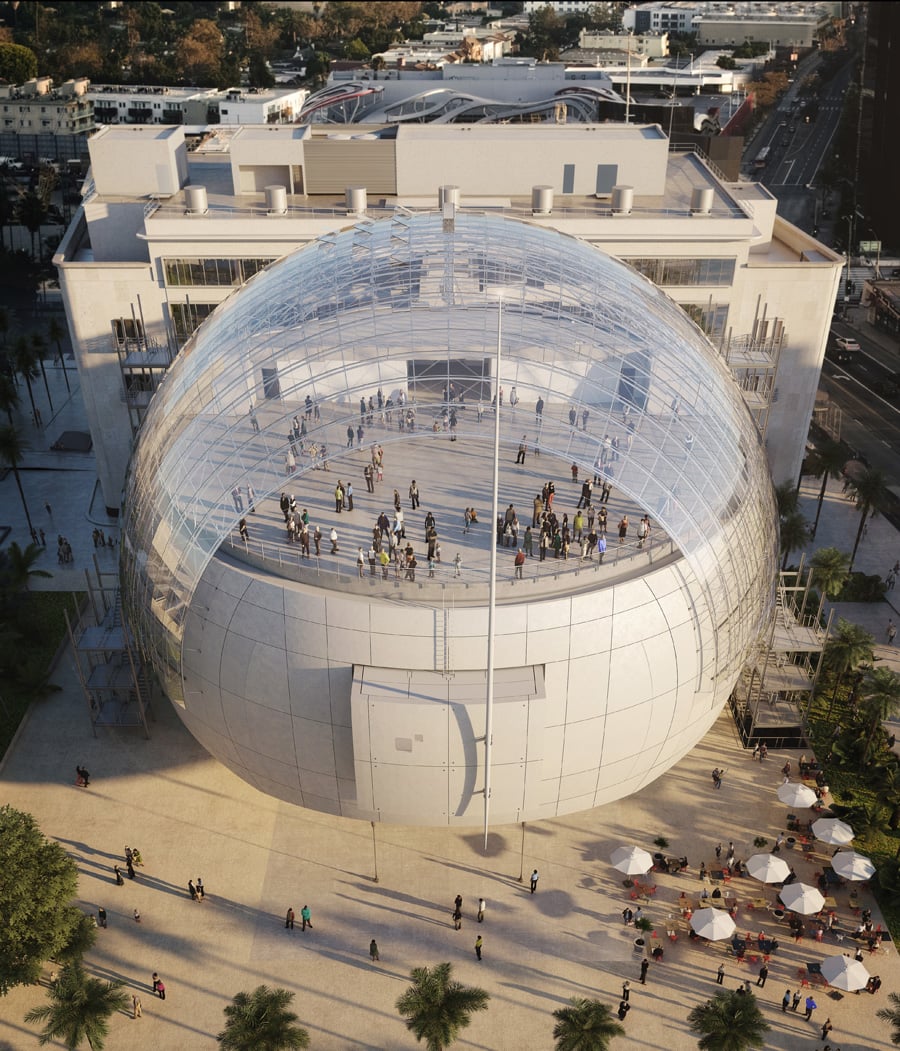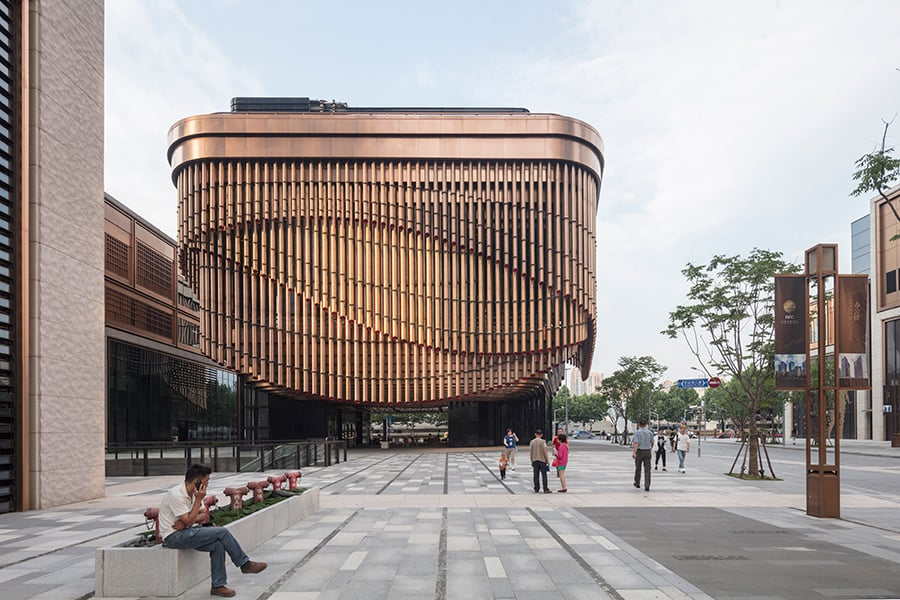
August 3, 2018
Metropolis Magazine’s 10 Powerhouse Design Cities of 2018
For our annual Design Cities listings, Metropolis surveyed 80 leading architecture and design professionals on the world’s top design powerhouses.

For our annual cities listings, Metropolis took a novel approach to avoid the typical ranking: We surveyed 80 leading architecture and design professionals, asking them to nominate places in three categories—design powerhouses, buzzing cultural hubs, and cities that inspire or personally resonate with them. The results turned up the usual suspects as well as some unexpected newcomers, and our coverage is similarly heterogeneous, from profiles of local firms to spotlights on grassroots initiatives and sum-ups of cities’ design goings-on.
Listed below are our 2018 powerhouse Design Cities! Stay tuned to our homepage as we publish our ten buzzing cultural hubs and ten inspirational cities over the next two weeks.
Despite our collective and unending hunt for the next design hot-spot, the world’s cultural powerhouses continue to reign supreme. Even now, it’s hard to imagine a list that wouldn’t include New York, Milan, Paris, and Tokyo. But there are still some surprising happenings in the world-famous metropolises that often run counter to their popular imaginaries. London’s craft scene is only growing, Berlin is gradually shedding its rag-tag image (for better or for worse), and even Los Angeles is nurturing a certain walkable street culture that may have once seemed impossible.
And the innovative, the shocking, the avant-garde, still pervade all price points and scales in our powerhouses, as the cities act as meeting points for regional (and increasingly, global) design processes. Tokyo’s preparations for the 2020 Olympics are already leaving an indelible mark on the city’s urban fabric, but the Japanese capital is also hosting a slew of small-scale hospitality spaces and public art-museum exhibitions. Sure, global mega-firms like OMA are expanding their seemingly endless reach by designing projects in several continents, but young, entrepreneurial designers are also finding ways to influence the production of the built form, like through the reclamation of deindustrialized spaces in Milan or a reconnection with local history and culture in Shanghai.
But with serious concerns related to affordability, the erosion of local culture, equity, and gentrification occupying a growing position in local and global discourse, especially in these highly globalized cities, it’s the responsibility of decision-makers—as well as design’s jet-setting, hypermobile elite—to guarantee reasonable affordability for their inhabitants and the maintenance of local culture in the face of a homogenizing globalization.
You may also enjoy “New Talent 2018: Nonprofit LA-Más Is Revitalizing Los Angeles’s Overlooked Corners.”















